Optimal Timing for Foundation Repairs
Foundation repairs are most effective when performed during specific times of the year, depending on weather conditions and soil stability. The optimal period typically spans from late spring to early fall, when ground conditions are stable and moisture levels are manageable. Scheduling repairs during these months can minimize delays caused by adverse weather and ensure better curing and settling of foundation materials.
Spring offers moderate temperatures and manageable moisture levels, making it suitable for foundation work. Repair projects during this season can benefit from longer daylight hours and favorable working conditions.
Summer provides warm weather that can accelerate curing times. However, excessive heat and dry soil conditions may require additional moisture management during repairs.
Fall can be an ideal time for foundation repairs due to cooler temperatures and increased soil moisture. Planning repairs before winter helps prevent soil shifting caused by freezing and thawing cycles.
Winter is generally less suitable for foundation repairs due to freezing temperatures, frozen ground, and potential snow delays. Repairs during this season may face logistical challenges and longer completion times.
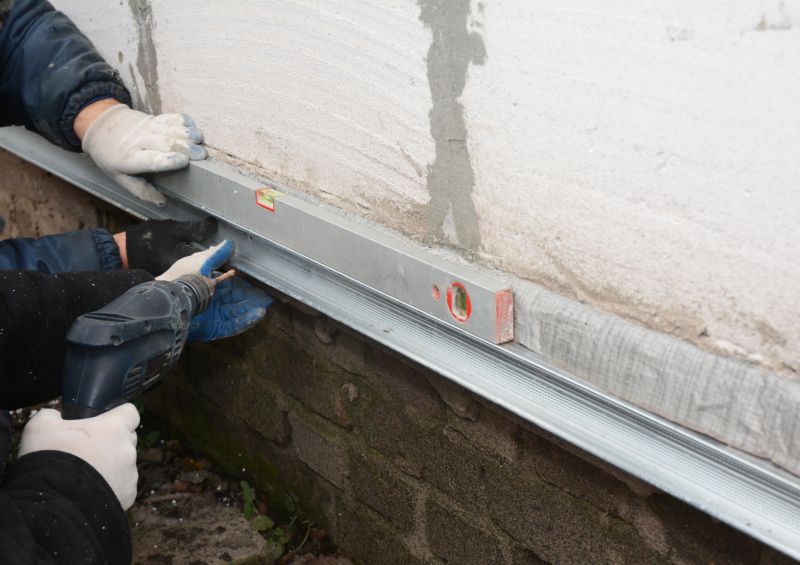
Springtime offers optimal conditions for foundation stabilization and repair work.
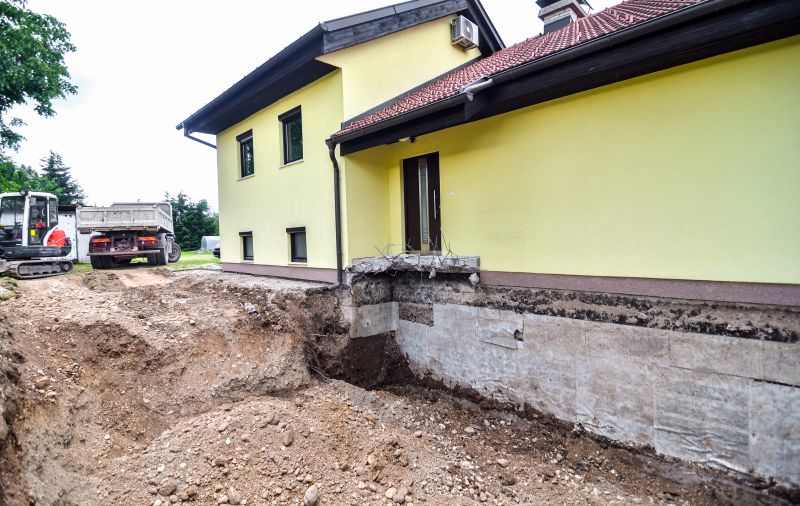
Warm summer months facilitate faster curing and settling of foundation materials.
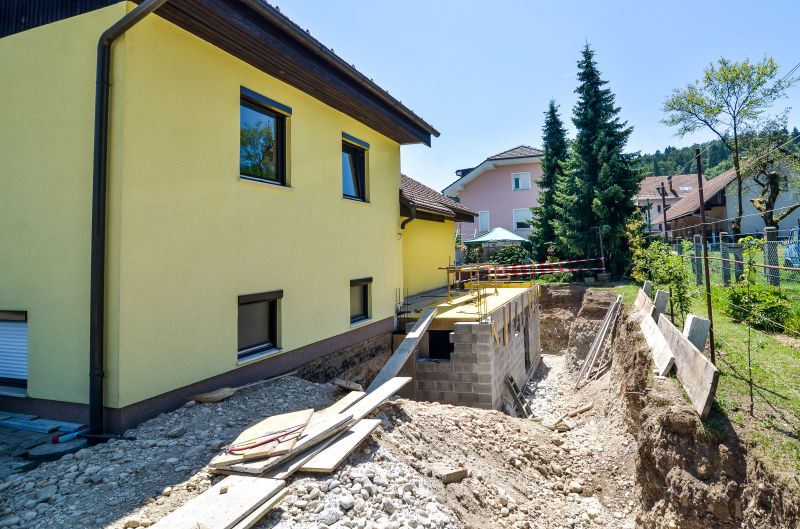
Fall provides cooler weather and increased soil moisture, ideal for repairs.
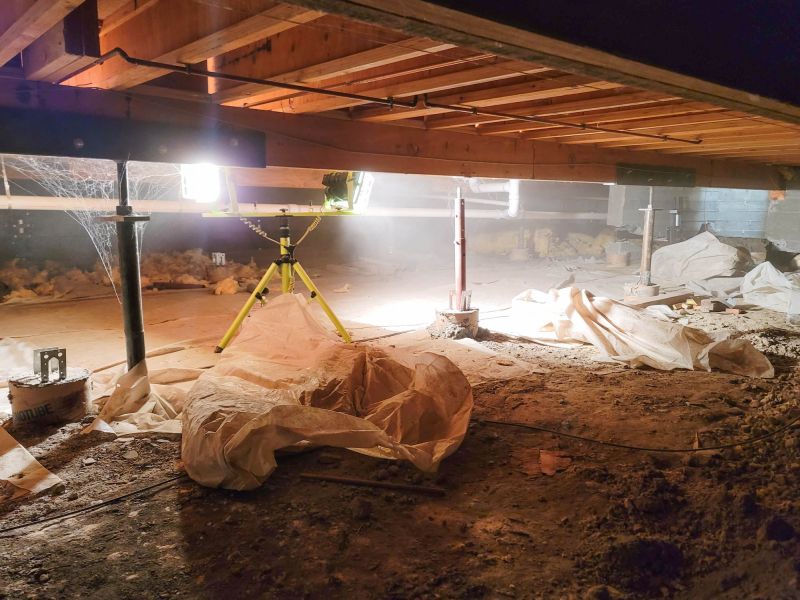
Ways to make Foundation Repairs work in tight or awkward layouts.
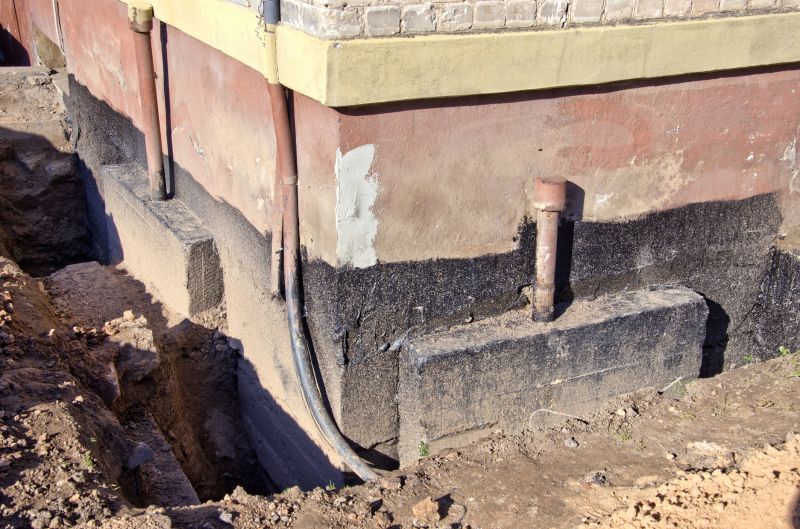
Popular materials for Foundation Repairs and why they hold up over time.
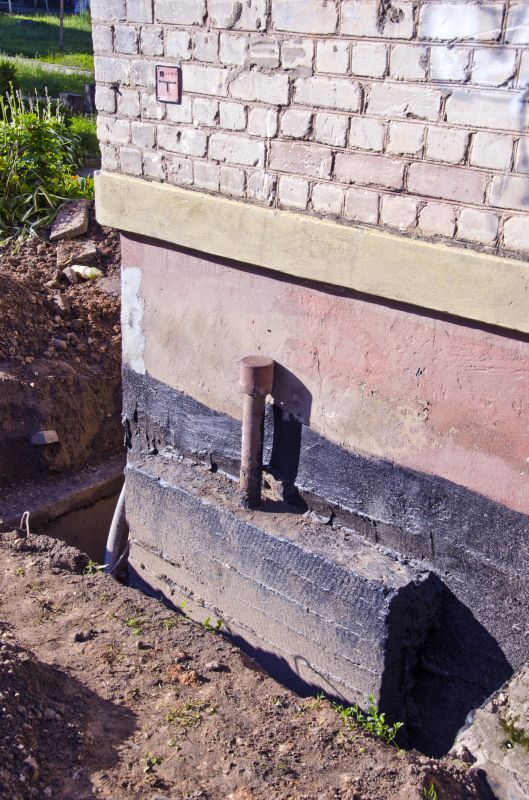
Simple add-ons that improve Foundation Repairs without blowing the budget.
| Season | Optimal Repair Conditions |
|---|---|
| Spring | Moderate temperatures, manageable moisture, longer daylight hours |
| Summer | Warm weather accelerates curing, but requires moisture management |
| Fall | Cooler temperatures, increased soil moisture, pre-winter stabilization |
| Winter | Freezing temperatures and frozen ground pose challenges |
Foundation repairs address issues such as settling, cracking, and shifting that can compromise the stability of a structure. Proper timing ensures that repairs are effective and durable, reducing the likelihood of future problems. Soil conditions, weather patterns, and ground moisture levels are critical factors influencing the success of foundation work. In regions with significant seasonal changes, planning repairs during stable ground conditions can lead to better outcomes and longer-lasting results.
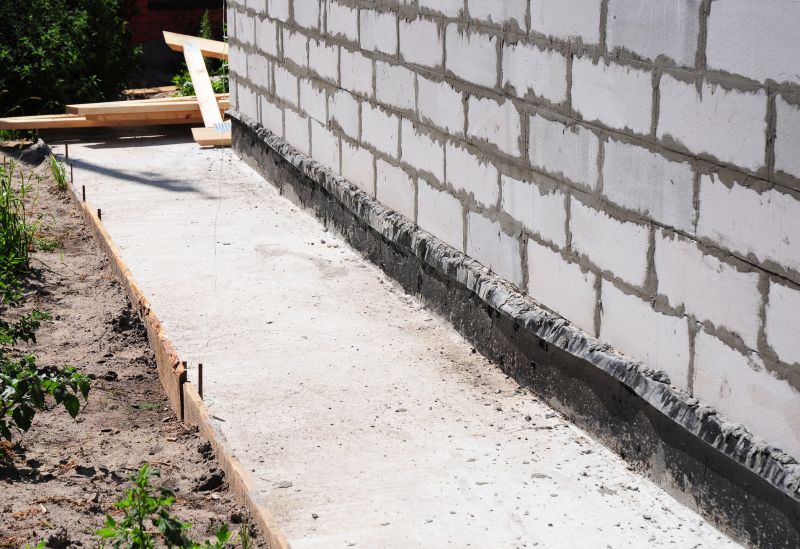
A detailed view of foundation stabilization techniques.
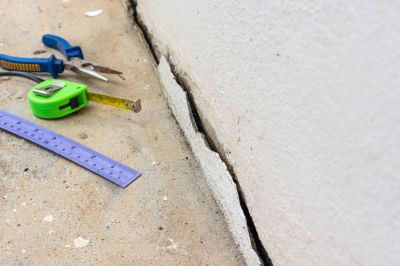
Common signs indicating the need for foundation assessment.
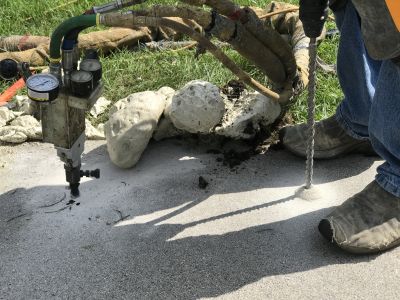
Tools and machinery used in foundation stabilization.

Final results after successful foundation stabilization.
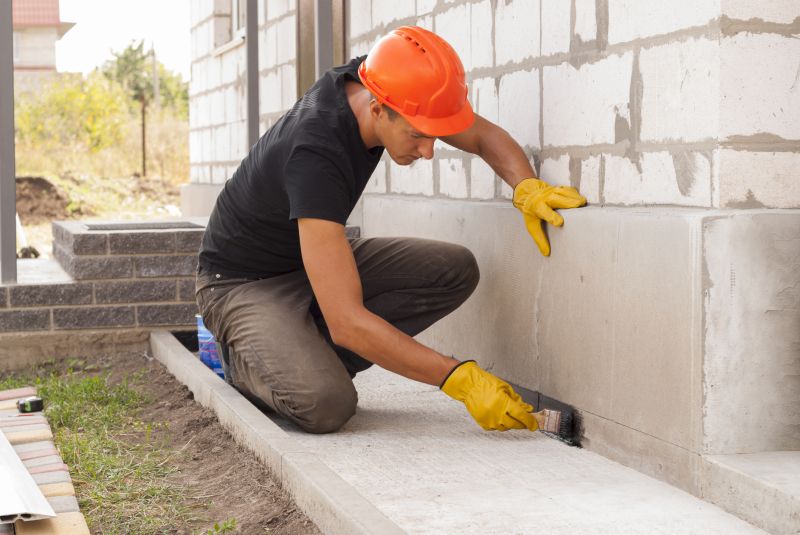
High-end options that actually feel worth it for Foundation Repairs.
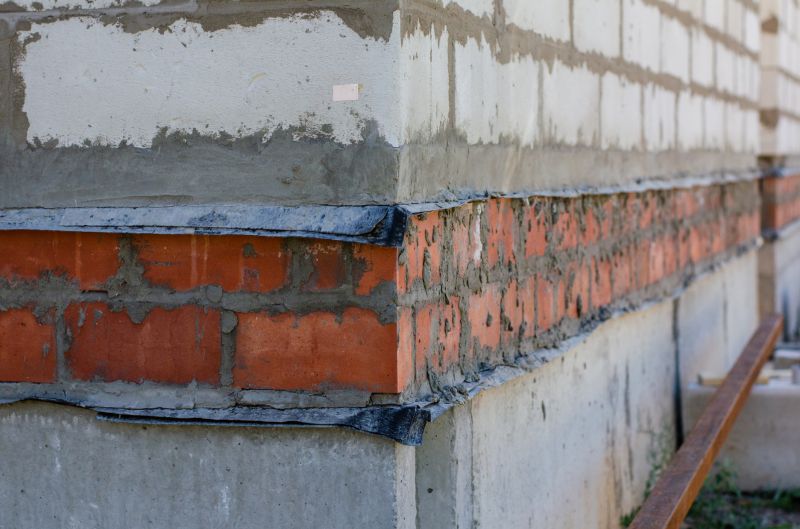
Finishes and colors that play nicely with Foundation Repairs.
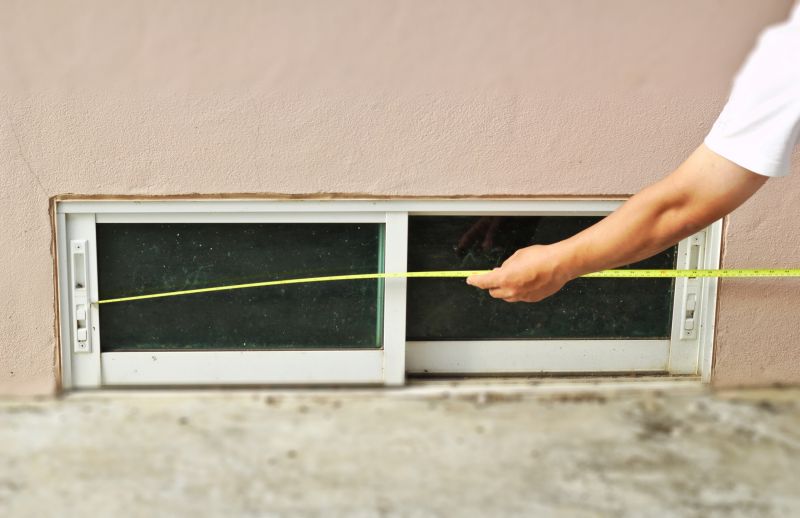
Little measurements that prevent headaches on Foundation Repairs day.
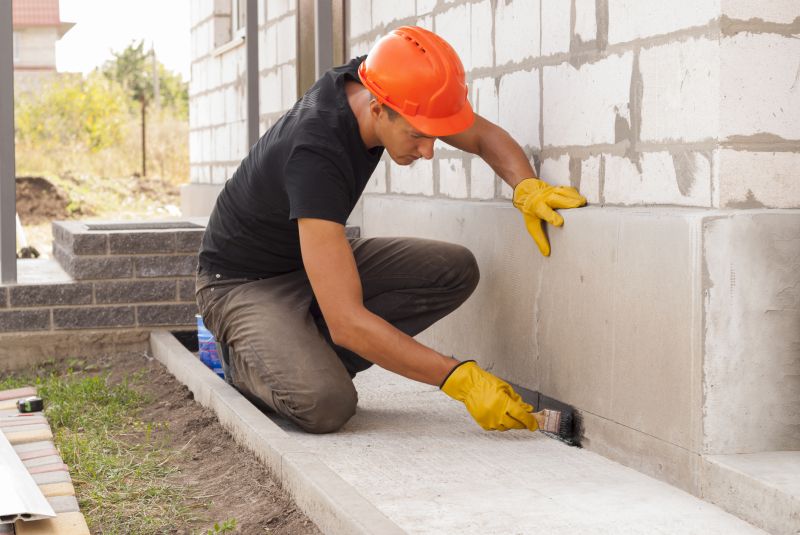
A 60-second routine that keeps Foundation Repairs looking new.
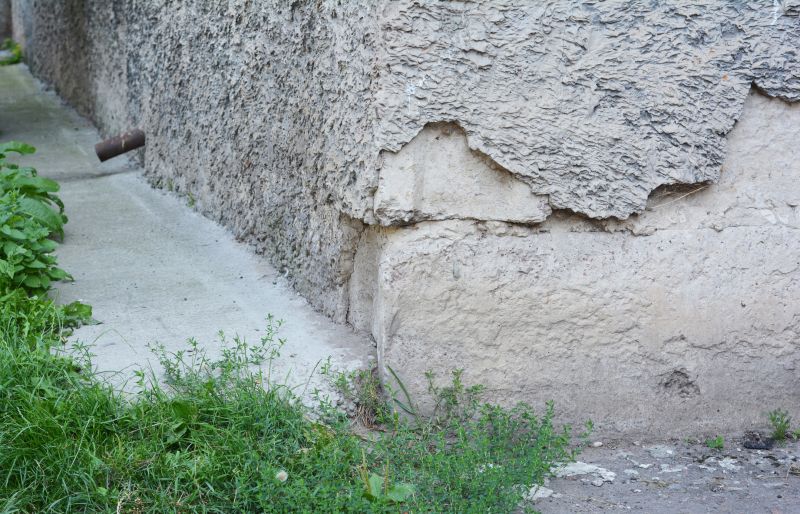
A frequent mistake in Foundation Repairs and how to dodge it.
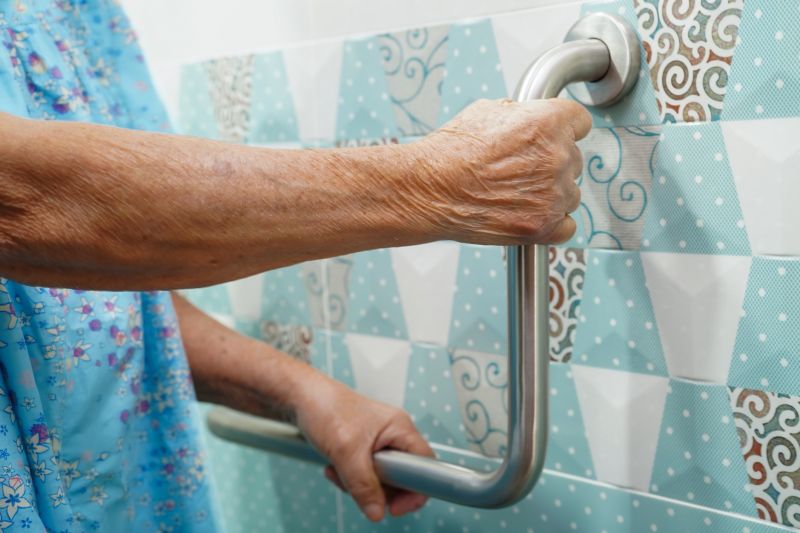
Small tweaks to make Foundation Repairs safer and easier to use.
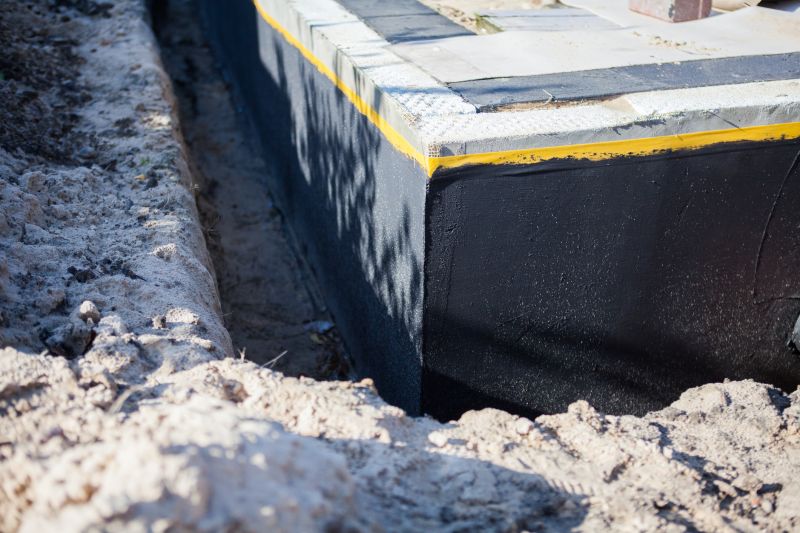
Lower-waste or water-saving choices for Foundation Repairs.
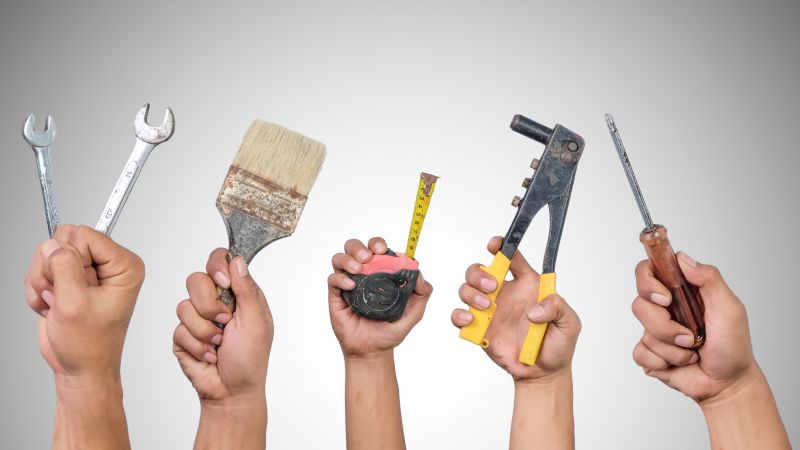
The short, realistic tool list for quality Foundation Repairs.
Timely foundation repairs are essential for maintaining the integrity and safety of a structure. When performed during the appropriate season, repairs can be more efficient and effective, minimizing disruption and ensuring long-term stability. Consulting with foundation specialists can help determine the best time for specific repair needs based on local climate and soil conditions.
Interested in foundation repair services? Fill out the contact form to get started.


